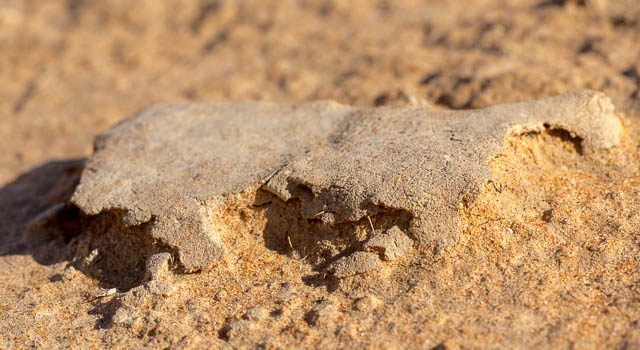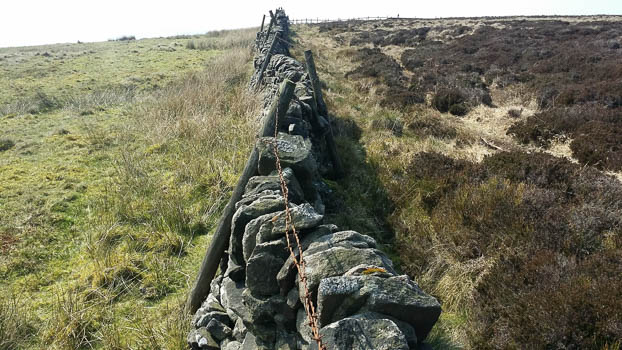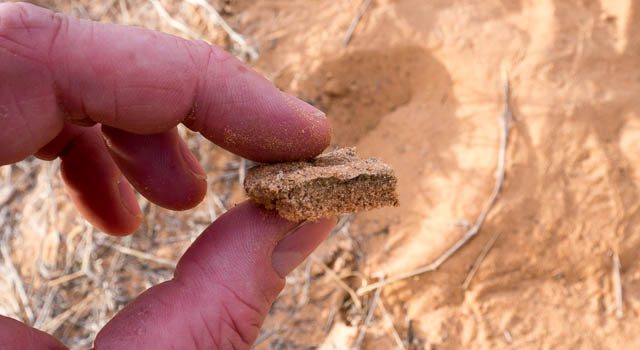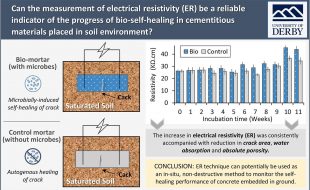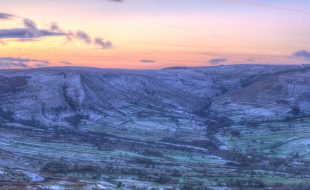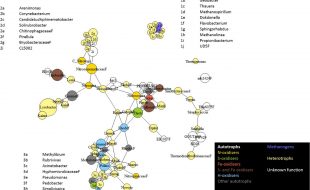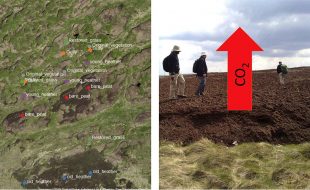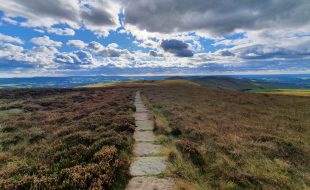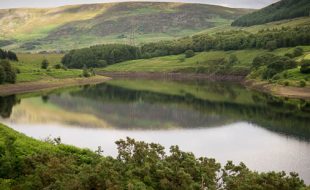Surface Stability in Drylands is Influenced by Dispersal Strategy of Soil Bacteria
Microbial communities of dryland ephemeral lake bed, dunes, and river channels are characterised – Wind preferentially mobilises specific microbes from soil surface biocrusts – Microbial dispersal adaptations may influence soil stability by promoting or inhibiting adhesion
